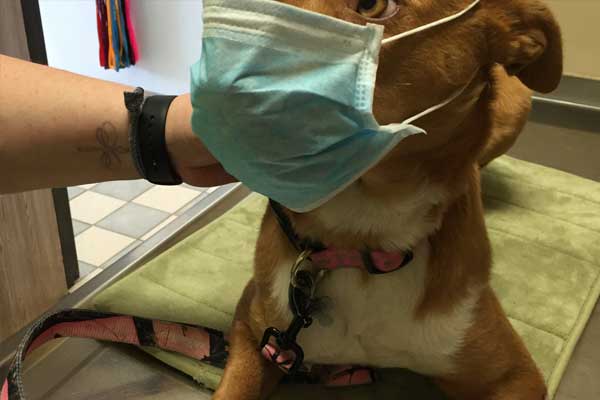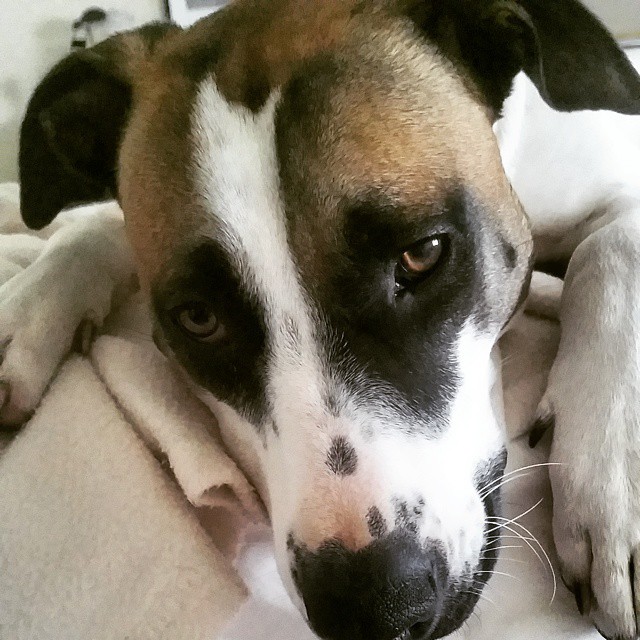
Worried about the canine flu? So are we.
The influenza virus has a long history of scaring people. Flu pandemics killed millions throughout the 17th and 18th century, and the global war path of the 1918 Spanish Flu Pandemic still haunts us today. Luckily, modern sanitation practices and antibiotics have brought the mortality rate down to less than 0.1% in developed countries, but the ability of the flu virus to quickly adapt to evade the immune system makes it an unnerving opponent.
We need a new flu vaccine each year for that very reason. Luckily, only 2 strains of canine flu have been isolated in the US so far. One of them, strain H3N2, has made headlines recently because of its ability to quickly infect large populations of dogs in kennel settings. It is not necessarily more dangerous than the previous (H3N8) flu, but it is certainly spreading more easily.
Things you need to know about Canine Influenza
- The new strain of canine flu (H3N2) originated in Asia and was then found in Chicago last spring. Since then, thousands of cases have been identified in the Midwest, including in St. Louis.
- It is a completely different strain than the one previously isolated in the US in 2004 (H3N8), and the old vaccine does not protect dogs from the new strain.
- There is now a vaccine on the market for the new strain.
- Dogs that frequent day cares, dog parks, grooming, boarding, or veterinary clinics are at a higher risk.
- Dogs who become infected may be asymptomatic, may have fever and cough for 2-3 weeks, or may develop life-threatening pneumonia.
- There is no specific treatment or cure.
- 80% of dogs who are exposed to the virus become ill.
- Infected dogs can spread the virus for at least 2-3 weeks, which is one of the reasons it is spreading more easily than the previous flu.
At Picture Hills Pet Hospital, we are adopting the following protocol for the new H3N2 vaccine:
We recommend any dog over 8 weeks of age who frequents day cares, dog parks, or boarding be vaccinated with 2 doses, 3 weeks apart, and then yearly thereafter so long as the threat of this flu remains.
Please direct any questions regarding this virus to a veterinary professional. We are just as concerned as you are, and our goal is to protect your dogs and ease your fears!

